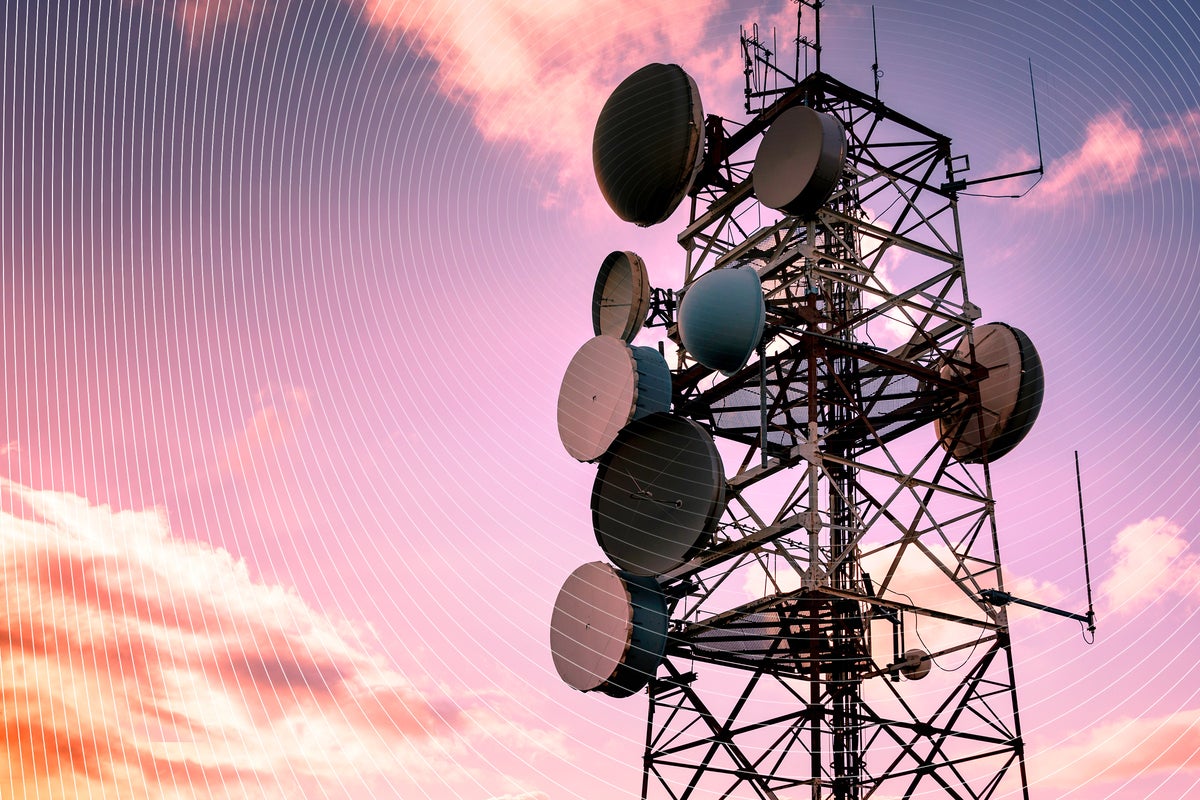- Yes, your internet provider can throttle your speed. Here's how to stop it (or at least try to)
- Half of Firms Suffer Two Supply Chain Incidents in Past Year
- Data strategy e qualità del dato: come gettare le basi per implementare l’AI
- INE Security Alert: $16.6 Billion in Cyber Losses Underscore Critical Need for Advanced Security Training
- From help desk to AI harmony: Redefining IT support in the age of intelligent automation
6G is coming sooner than you think, FCC chief Rosenworcel says

US Federal Communications Commission Chairwoman Jessica Rosenworcel believes that the time to start planning for 6G is now, and has outlined several steps that the government agency plans to take in preparation for the new wireless standard.
While there’s no general agreement on what technical innovations will be incorporated into 6G, it’s become clear that the goals of the technology are ambitious. Broadcast virtual or augmented reality, high-quality telehealth and more are expected by wireless experts.
That, however, will require a great deal of spectrum, and Rosenworcel — speaking at the National Science Foundation last week — said that the FCC is working to identify suitable frequencies for the new standard.
“We have already identified the 7-16GHz band as prime mid-band airwaves for the 6G era,” she said. “That is why we have started an inquiry into making 550MHz of spectrum in the 12.7-13.25GHz band available for new commercial mobile use.”
Currently, the airwaves between 7GHz and 16GHz are used for a wide array of different purposes, including fixed wireless links, aeronautical communications, location-based signals, and even radio astronomy, according to FCC records. But the most common usage in those bands includes several services related to satellites.
Hence, Rosenworcel’s announcement that the FCC has already begun a rulemaking designed to explore the possibilities of a unified satellite/terrestrial standards framework is unsurprising.
“[W]e believe next-generation communications will combine traditional ground-based airwaves with satellite signals,” she said.
Spectrum requirements for 6G
The spectrum needs for 6G are likely to be orders of magnitude higher than those for 5G, according to Gartner senior director analyst Susan Welsh de Grimaldo. She said that even a subset of envisioned 6G capabilities could demand up to 3GHz of wide area spectrum, per a recent whitepaper from Ericsson.
“With anticipated timing of first commercial 6G deployments in 2030, there is already an urgent need for the US to identify and plan for allocation of substantial amounts of new spectrum for both wide area and local area use for 6G,” she said. “Early alignment on spectrum is important to foster development and innovation and to be ready for commercial launch.”
There are aspects to the FCC’s public approach to 6G that are encouraging, according to Welsh de Grimaldo. For one thing, early 5G efforts focused too heavily on the millimeter-wave spectrum — an especially high frequency that offers wide channels and excellent potential throughput, but makes it difficult to provide wide area coverage due to limited propagation range. It has seen limited use in 5G deplotyments.
“With 6G, the FCC and NTIA seem to be addressing the learnings from the 5G spectrum challenges — that is, to identify early on mid-band spectrum that will provide enough capacity and coverage and hopefully align more closely with spectrum bands for 6G in other countries,” Welsh de Grimaldo said.
Rosenworcel, in her remarks, also urged Congress to restore the FCC’s spectrum auctioning authority, which lapsed on March 9. Restoring that authority would clear the way for more auctions, which, she said, have proved both highly remunerative for the government and highly efficient in allocating spectrum for commercial use.
“We cannot afford to wait,” said Rosenworcel.
Copyright © 2023 IDG Communications, Inc.

